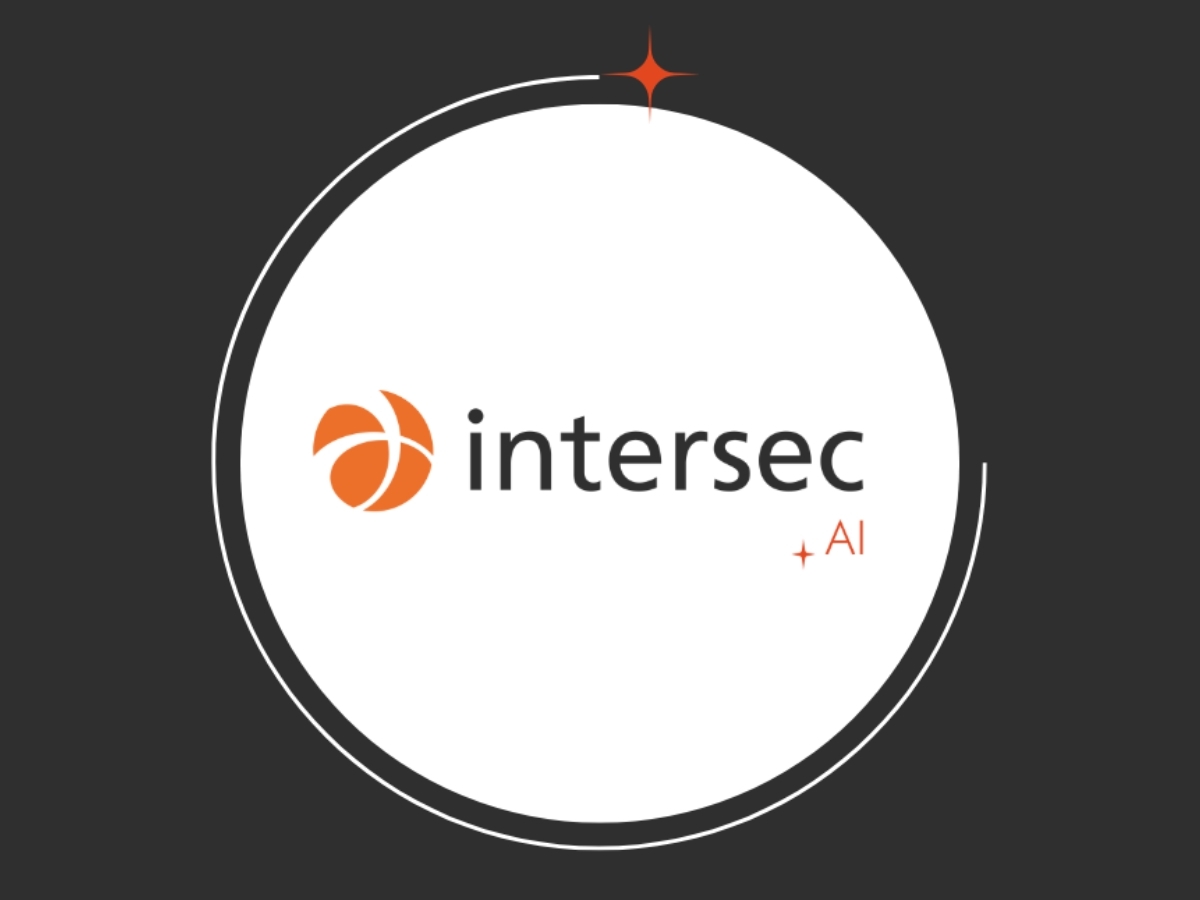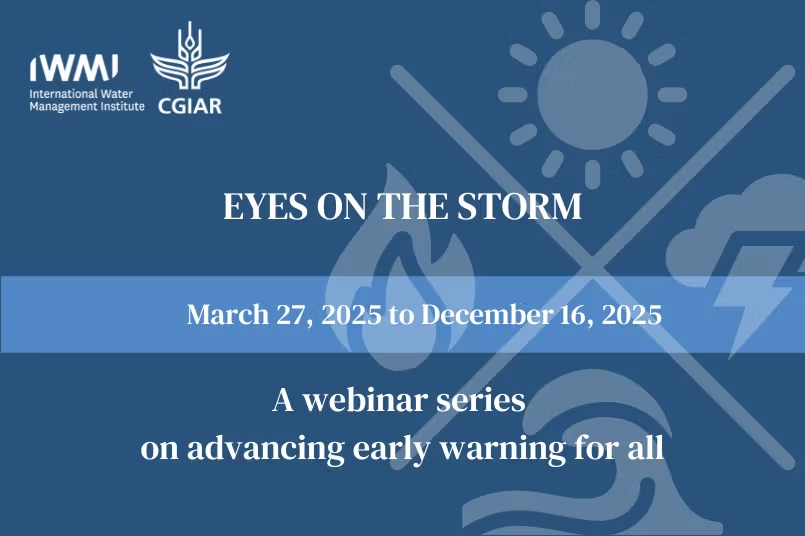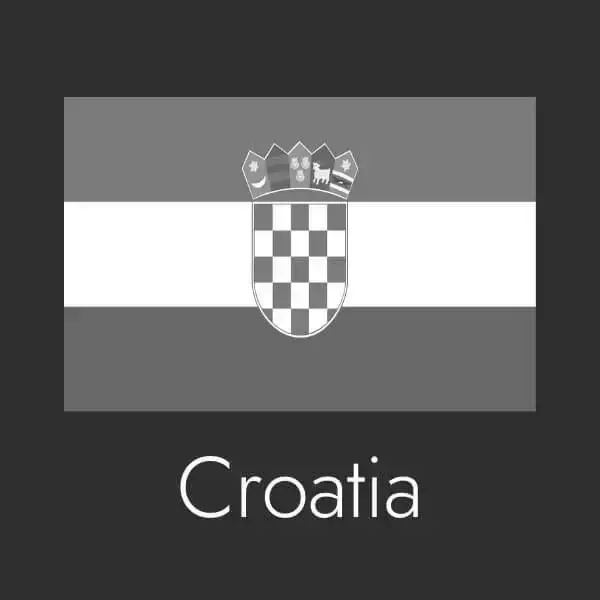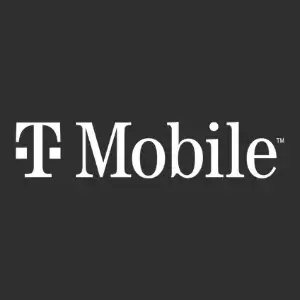The decrypted facts
On July 14,2016, when a truck driver drove at full speed into crowds on the Nice seafront during the fireworks display, killing 86 people and injuring hundreds more, it took almost three hours for the alert to be issued by the mobile app.
Known as SAIP (Système d’alerte et d’information des populations),the app was supposed to inform users of alerts in progress using geolocation-based messages on their smartphones and give advice on how to act depending on the type of alert and the geographical area affected.
Media reported that the SAIP app’s failure was mainly due in part to its developer’s lack of attention to redundancy, as well as an accidentally severed fiber-optic cable and a software error*.When there are too many phones in a certain area and not enough channels available to route all calls, cell towers are saturated and are unable to respond.Also, the external monitoring application was supposed to confirm that SAIP was active and functionally bugged by incorrectly showing that it was online.
It’s also important to note that this app could only notifythose who had:
- Accepted to receive notifications
- Installed it on their smartphones
- Agreed to have their position pinpointed by geolocation
- The app is open or running in the background
it’s a rather limited percentage of the population…
* Source: https://www.fastcompany.com/3062786/how-disaster-apps-work-and-dont
Towards a better future
What does a reliable public warning system look like today ?
For full coverage,emergency alerts by short messages on mobiles are preferred over a mobile app. Mobile network operators (MNOs) operate strategic communication infrastructures, which makes it possible to reach close to 100% of the population in a very short time. Short messages have been standard and proven technologies for decades, offering an efficient and massive communication channel to anyone equipped with a cell phone while protecting their anonymity.
Mobile network standards and infrastructures provide two types of short-messages services: Location-based SMSs and Cell Broadcast messages. The main interest of Cell Broadcast Service (CBS) relies on its capability to diffuse short messages toward millions of mobile devices in a few seconds. It is the most efficient means to raise the awareness of tens of millions or hundreds of millions at once, within a few minutes. Triggering Cell Broadcast is also recommended in case of extreme situations where networks are known to be in a partial breakdown or over-solicited/congested. Via the Intersec Public Warning System, alert issuers are kept aware of full or partial malfunctions via system status and availability maps, and first responders can rescue populations faster and more effectively.
It takes a lot more than a text to keep people safe… Learn more about our GeoSafe solution or chat with an expert.
Access the other articles of the lesson series here:
Lesson #1 - The Fukushima evacuation process
Lesson #2 - When emergency alert apps fail
Lesson #3 - Crisis Communication: The Lubrizol Plant Fire
Lesson #4 - Safe and sound thanks to AML
 Lesson #2: When emergency alert apps fail" />
Lesson #2: When emergency alert apps fail" />

.jpg)









.webp)


.webp)




















